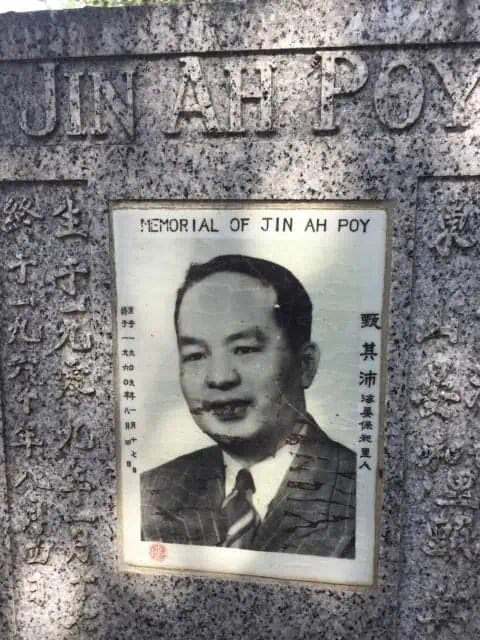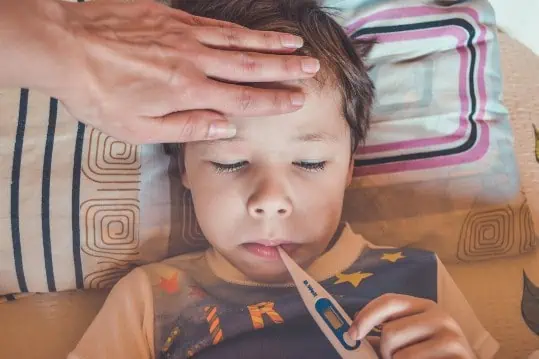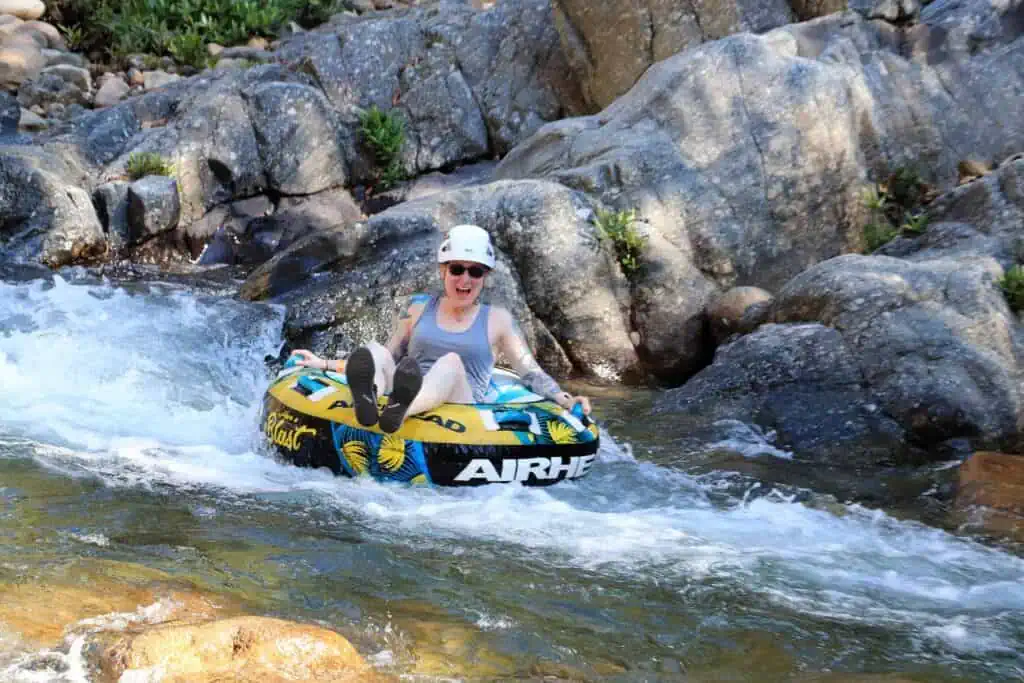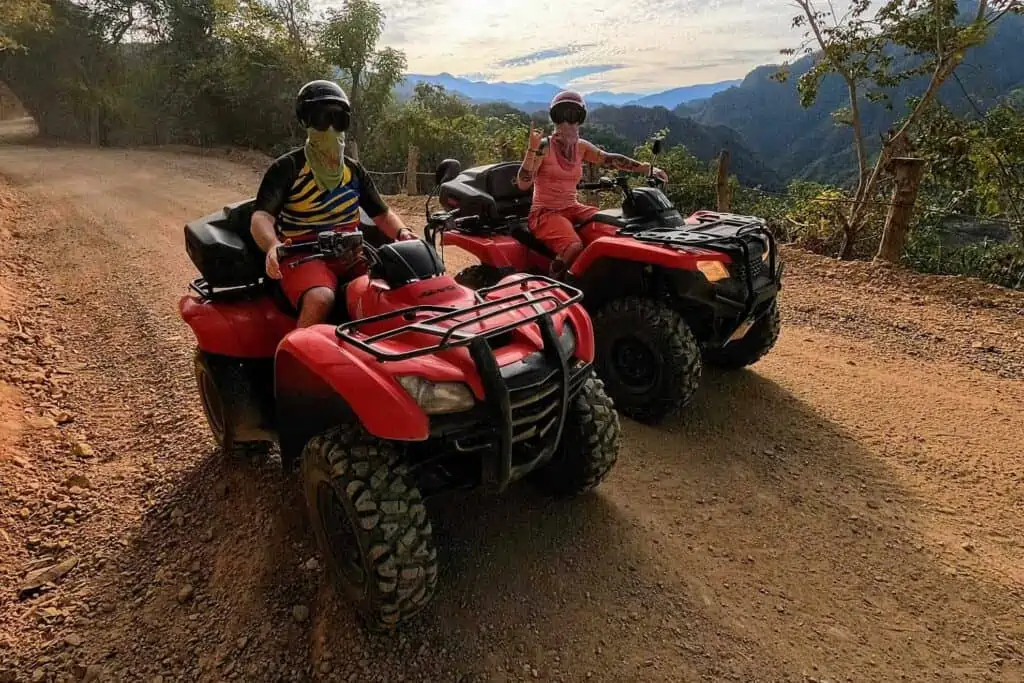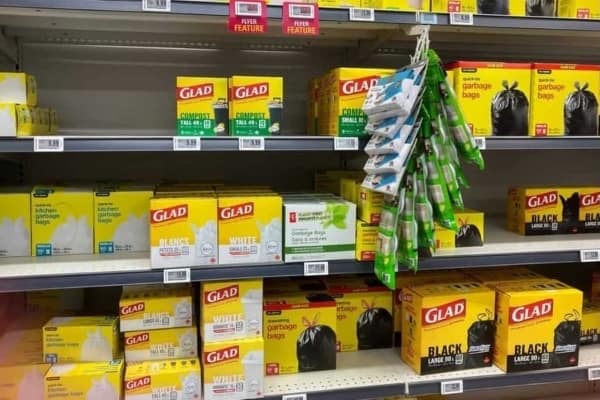Back in 2002, the Senate declared May as Asian Heritage Month as proposed by the Honorable Vivienne Poy. The purpose was to recognize the contributions of Asian Canadians to the “settlement, growth and development of Canada, the diversity of the Asian community, and its present significance to this country.”
Since 2000, a small group of Yukoners have been uncovering, researching and writing about the history and stories of Asian and Black Yukoners. The Hidden Histories Society Yukon (HHSY) became a non-profit society in 2016 and has since produced twelve portable exhibits, offered numerous presentations, workshops and events on Asian and Black history for Asian Heritage Month and Black History Month.
The Society had been planning a public event for Asian Heritage Month in early May, but due to the COVID-19 lockdown, it is attempting to reach out in other ways.
Hidden Histories Society Yukon, with the expertise of Peggy D’Orsay, retired archival librarian, published an “Inventory of the History of Asian Yukoners” in April 2019. It identifies hundreds of documents, photos, articles, websites and other references on individuals, families, and businesses in Dawson, Haines Junction, Mayo, Elsa, Keno and Whitehorse. This is available as a PDF for free by contacting the HHSY at [email protected].
Although there is much information about well-known Japanese adventurer and promoter Jujiro Wada, who travelled by dog sled throughout Alaska, Yukon and NWT in the late 1800’s to 1930’s, there are many others for whom we would like to gather more information.
There were a small number of people of Chinese and South-East Asian descent that have been documented. The Chinese names that appear briefly in the records during the 1950’s and 60’s are Jin Ah Poy of Mayo, Mah Bing, a cook at the Hollywood Café in Whitehorse and Bruce Sung, who was the owner of Tourist Services of Whitehorse.
JIN AH POY
According to a The Whitehorse Star article written on August 11, 1960 by Jean Gordon of Mayo, Jin Ah Poy was born in Canton province, China and came to Canada at the age of 18 years. He worked as a cook in Chatham, Ontario and Prince Rupert, B.C. before working as a chef at the Mayo General Hospital from about 1955 to 1960. He died suddenly at the age of 52 on August 4, 1960. He was survived by his wife and son, Danny of Vancouver. A funeral was held on August 8 at St. Mary’s Anglican Church with Rev. D.W. Morris attending.
During the early 1900’s there were many people, mostly men of Japanese descent who came to the Yukon, such as Masayuki (“Massa”) Sakata of Dawson/Mayo/Keno Hill area, along with: Shiuhyi (Jimmy) Sugiyama, Harry Yamasaki and others.
MASAYUKI (“MASSA”) SAKATA
Massa Sakata led an interesting life. He was well known and respected by Mayo and Keno residents. He was born in Kobe, Japan. He came with his father, Jos W. Sakata and his mother, Yukuns Sakata to Juneau in 1897. They moved to Skagway in 1898. His father went to Bennett to pilot boats for the Stampeders headed to the Klondike. They settled in Dawson in 1902, where according to one account his father opened an employment office and later owned a restaurant. According to a 1974 article in The Whitehorse Star, Massa went back to Japan for formal school. He returned with his bride Masa Takata, who he married in 1914 according to the B.C. marriage certificate. Unfortunately she died two years after the birth of their son. Their son was raised in Japan. Massa’s father died on May 12, 1920 and is buried in the Hillside Public Cemetery in Dawson. No information is available on the death of his mother.
Massa ran many Dawson restaurants and opened his own. He provided a hot lunch program for children of miners and those attending school. Later he moved to the Mayo, Elsa and Keno Hill area, working for Treadwell Yukon Co. as head cook. Next he opened the Sourdough Café and a barbershop in Keno City. In 1964 he travelled to Japan after 45 years absence, to see the Olympic Games and visit his son and his family in Japan. He sold his restaurant and retired in 1965 and later moved to Whitehorse.
In 1967 he received the Centennial Confederation Medal and in 1969 was inducted into the Yukon Order of Pioneers. He died at the age of 86 in Whitehorse on April 22, 1974. Dr. Hilda Hellaby of Christ Church Cathedral conducted the funeral service. He is interred at Grey Mountain Cemetery in the YOOP section. In 1974, Sakata Lake was named in his honour by the Permanent Committee on Geographical Names.
Are you a long-time Yukoner who knew any of these individuals or their families?
If so, HHSY is interested in receiving any further available information on their lives in the territory. Contact the Hidden Histories Society Yukon at Box 31089, Main St. P.O., Whitehorse, Y1A5P7 or email us at [email protected].

